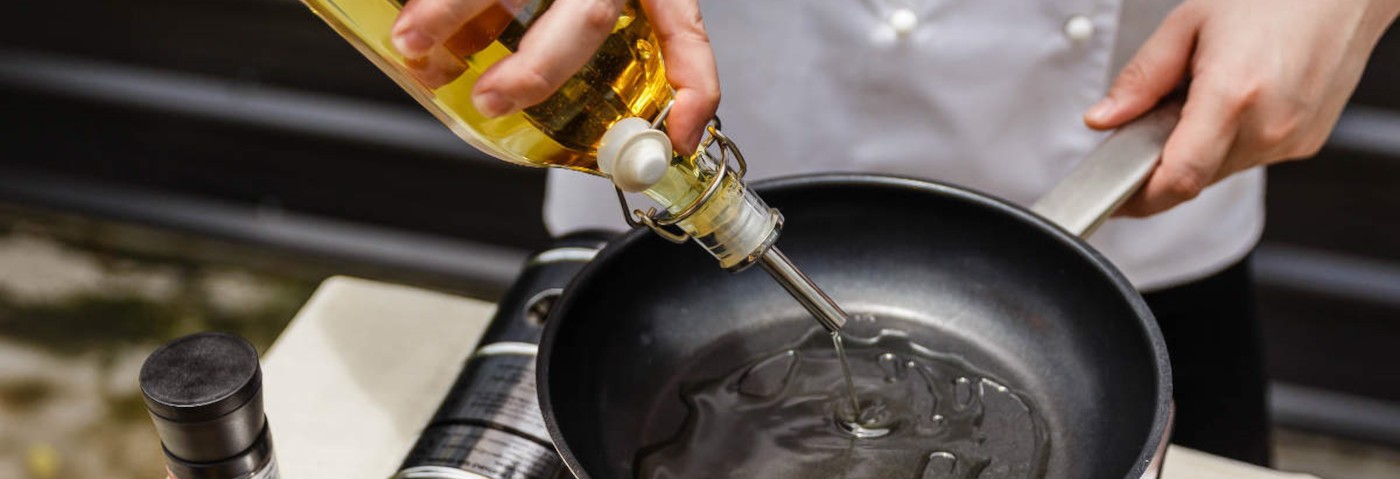The time that passes from fruit picking to consumption can be a long interval. This creates significant differences in nutritional value due to the loss of vitamins, mainly vitamin C. There is also improper transportation (incorrect temperature regime, relative humidity, etc.), mechanical damage to plant material causes oxidation – all this affects the loss of vitamins.
Vegetables undergo many procedures, such as cleaning, grinding, etc., which cause the loss of important vitamins and minerals. For example, when peeling potatoes, oxygen enters and vitamin C is lost. The grain also loses vitamins and minerals when crushed. Tomatoes cut for salad or snacks are better to use with cold-pressed olive oil, the useful element lycopene in tomatoes is better absorbed this way. Carotene, which is in carrots, is also much better absorbed with oil. For a good absorption of vitamin A by the body, a fatty environment is also necessary.
Vitamins have the property of dissolving in water, so the environment that surrounds food is important. When washing products, leaching occurs, i.e. water capture. Losses also increase when cooking on fire. The solubility of vitamins and minerals increases in water and during heat treatment, so cooking at high temperatures should be done as quickly as possible with Extra Virgin olive oil to refill the losses of microelements.


